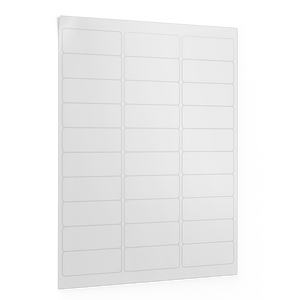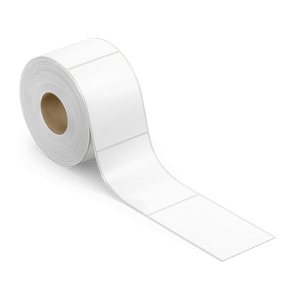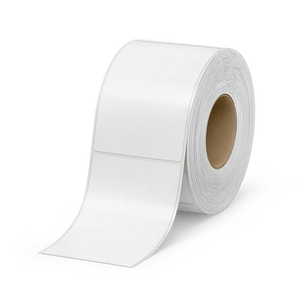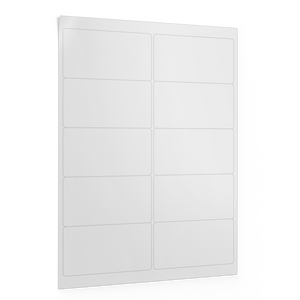Sheet Labels vs. Thermal Roll Labels: Which is Right for Your Business?
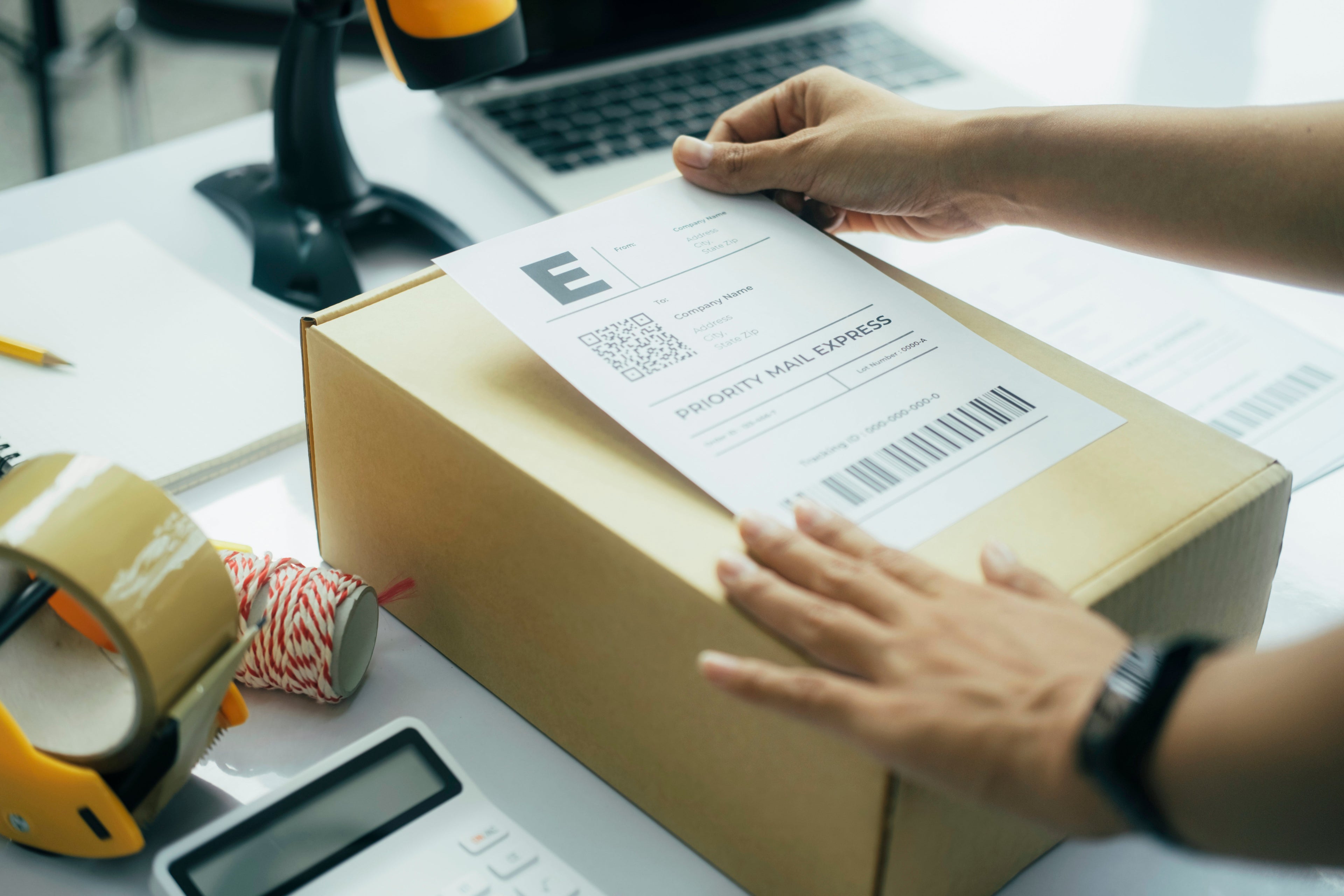
If you're deciding between sheet labels and thermal roll labels, it comes down to how you print, how often, and what you’re labeling. Each format has its strengths—sheet labels are great for small runs and custom branding, while thermal rolls are built for speed and scale. Knowing when to use each can save you time, reduce waste, and make your process way more efficient.
What Are Sheet Labels and Who Are They Best For?
Sheet labels, often referred to as label sheets, are exactly what they sound like—label stock arranged on standard 8.5" x 11" sheets that work with most inkjet or laser printers.
Why choose sheet labels?
- You’re printing smaller batches—think 10, 50, 100 labels at a time.
- You want to design and print in full color with your inkjet printer.
- You’re working from home, a shared space, or a basic office setup.
- You like the flexibility of printing multiple label shapes or designs on one sheet.
Popular use cases:
- Handmade product packaging
- Farmers markets and pop-ups
- Small-run branding or event labels
- Candle, soap, and skincare labels
Tip: Look for printable sheet labels that are compatible with your printer type (inkjet or laser), and use waterproof materials if your product includes oils or moisture.
What Are Thermal Roll Labels and When Are They a Better Fit?
Thermal roll labels are printed using thermal printers that feed from a continuous roll of labels. These labels print using either direct thermal (no ribbon) or thermal transfer (with ribbon for longer durability).
Why go with roll labels?
- You’re printing high volumes of labels consistently.
- You use a dedicated thermal label printer (like Zebra, Rollo, or Brother).
- You want clean, fast, smudge-free prints without ink or toner.
- You’re integrating with software for shipping, inventory, or barcode scanning.
Common use cases:
- E-commerce shipping and order fulfillment
- Manufacturing and warehouse labeling
- Barcode and SKU tracking
- High-speed labeling at scale
Tip: For long-term durability or exposure to heat, go with thermal transfer labels—especially if you need barcode labels that last.
Examples of How Businesses Choose Between the Two
A candle maker uses sheet labels at home to design colorful, small-batch labels with her inkjet printer. It works because she only makes 50–100 jars a month, and she needs flexibility.
An e-commerce shop printing 200+ packages a day uses thermal roll labels with a Rollo printer. Shipping software auto-generates labels, and they just print and peel.
A warehouse uses thermal transfer barcode labels to tag pallets, track inventory, and stay compliant with logistics partners. Labels are durable enough to handle heat, handling, and long-term storage.
Which One’s Right for You?
Ask yourself:
- How many labels do I need each week?
- Am I printing in color or just black?
- Do I need high durability (water, oil, or heat resistance)?
- Am I using software that works better with rolls?
If you're running short batches, hand labeling, or printing colorful branding—sheet labels might be all you need. If you're growing, automating, or dealing with lots of shipments or barcodes, thermal roll labels are the better long-term solution.
Need a Label That Matches the Way You Work?
Whether you're running off a few at a time or printing hundreds of orders a day, having the right label format makes everything smoother—from printing to application to performance.
If sheet labels fit your setup, we’ve got options sized for small-batch projects and desktop printers.
If you're working with thermal printers and need speed and durability, roll labels might be the better match.
Browse our selection of Sheet Labels and Thermal Roll Labels to find what works for you.
Frequently Asked Questions
Can I use sheet labels in a thermal printer?
No—thermal printers require roll-fed labels designed for heat-based printing. Sheet labels are made for inkjet or laser printers and won’t work in a thermal setup.
Are roll labels more expensive than sheet labels?
Not always. While roll labels often require a dedicated printer, the cost per label tends to drop significantly with volume. Sheet labels are more flexible for small batches but less efficient at scale.
What kind of labels work best for barcodes?
Thermal transfer roll labels printed with resin ribbon on polyester are ideal for barcode durability. They're smudge-proof, long-lasting, and perfect for scanning in warehouses or shipping environments.
Do I need different software to print roll labels?
You might. Roll labels are often used with label printing software (like ShipStation, BarTender, or Shopify integrations). Sheet labels can be printed using standard office programs like Word or Canva templates.
Can I print color on thermal roll labels?
Most thermal printers print only in black. If color is important (for branding or design), sheet labels printed with an inkjet printer are the better option.


